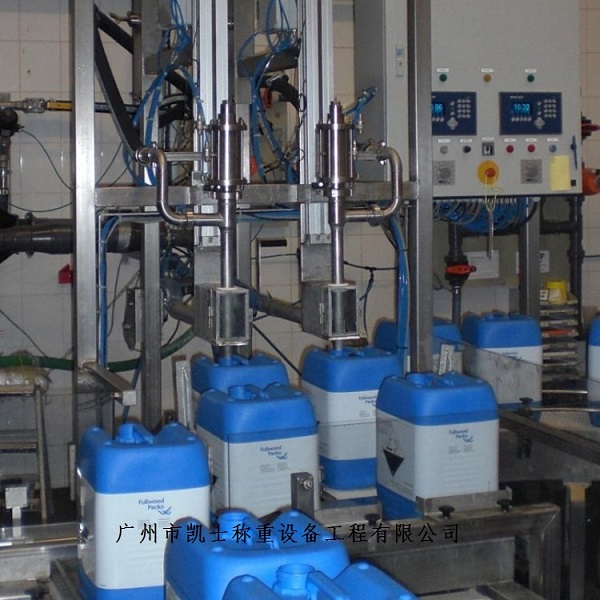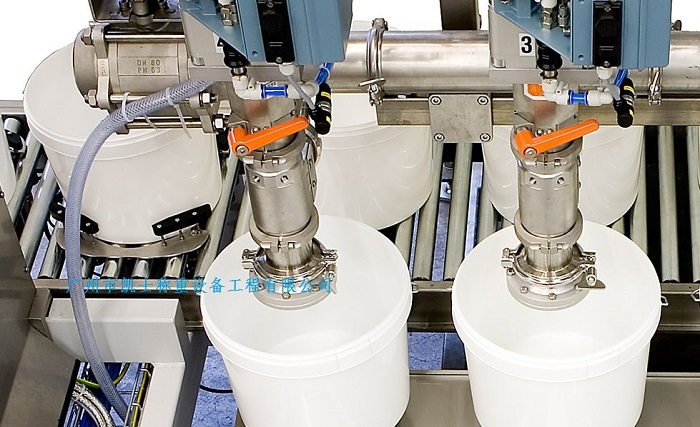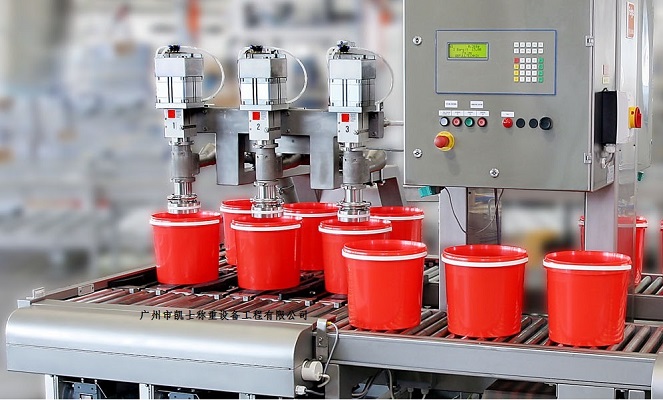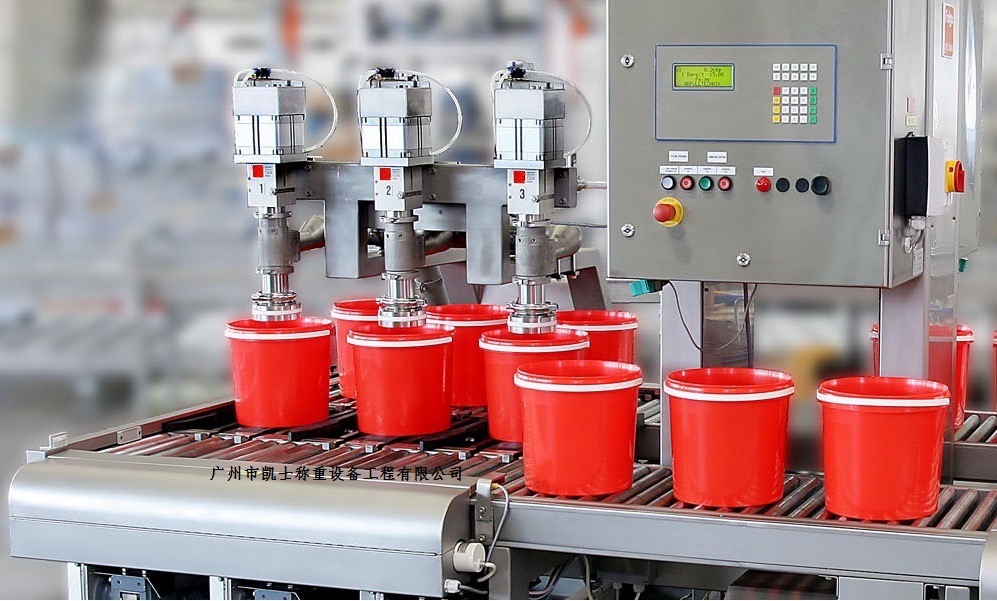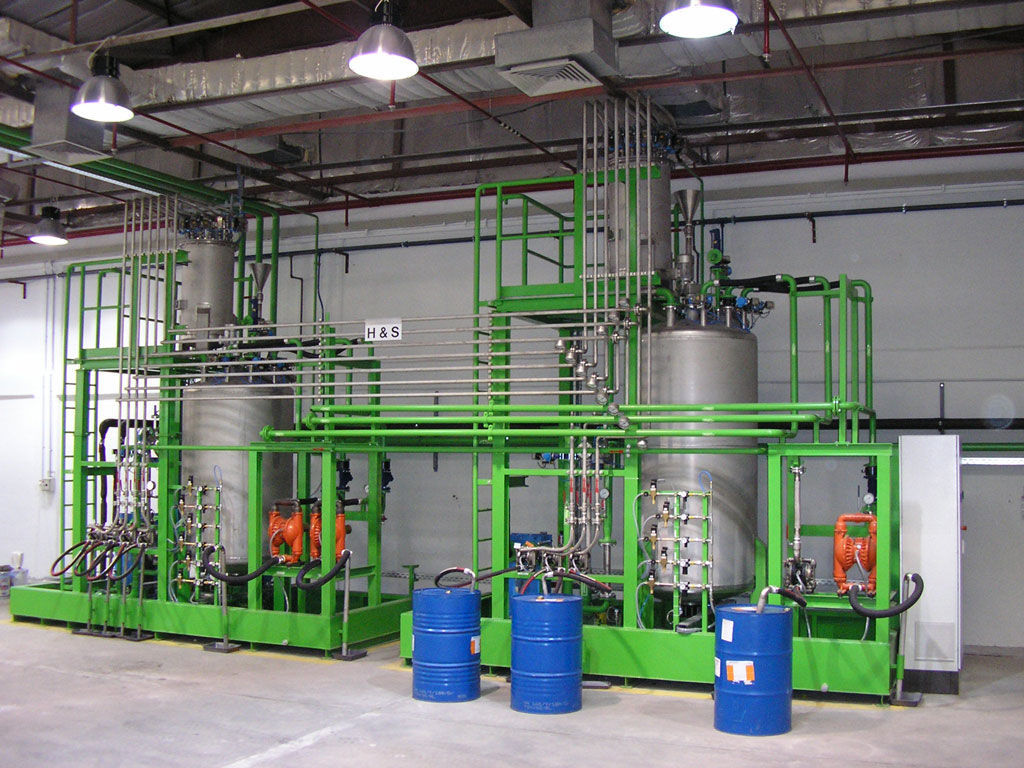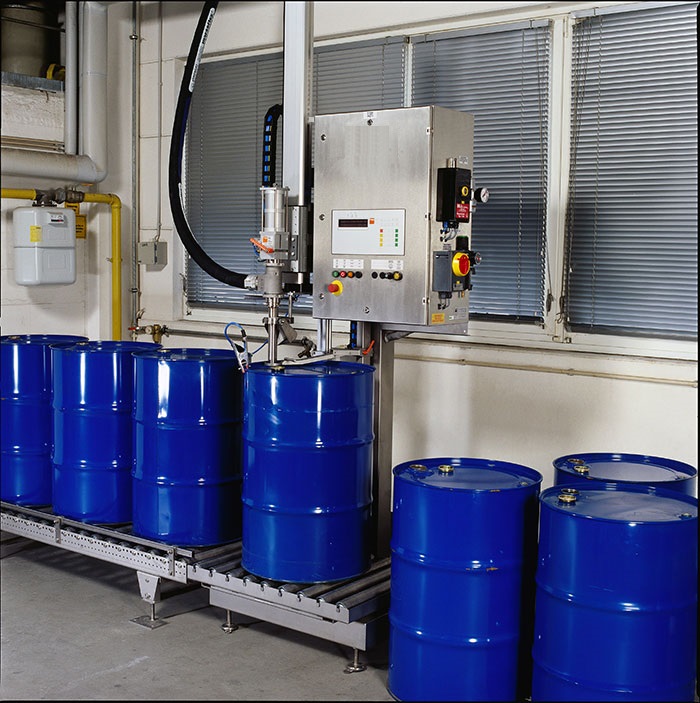

 2020.08.18
2020.08.18Summary:An automatic control system for the beverage filling production line based on CAN bus was designed, the overall structure of the system was given, the hardware composition and functions of the upper and lower nodes were described in detail, and the corresponding software was designed.Practical application shows that the system has reasonable structure and reliable performance, improves information integration and optimizes production management.
In 2002, China's beverage production and consumption exceeded that of the United States, becoming the first large production and consumption country. Many beverage manufacturers are working hard to expand production scale, improve product quality, reduce production costs, improve the original backward production equipment and control systems, and fieldbus control system is the first choice of the manufacturers. One of the CAN fieldbus control system due to its simple structure, strong anti-interference ability, high reliability and low cost and other characteristics, widely used in automobiles, robots, CNC machine tools, automation instrumentation and other fields called, is the beverage filling production line is more ideal fieldbus control system.
A beverage factory in the past has been using independent controllers for the production control of each link, there is no chain between the links, relying on manual operation, low production efficiency, equipment status, equipment failure and parking and other information can not be unified centralized management of the whole plant's production decision-making can not be carried out smoothly, the use of CAN fieldbus technology to automate the transformation of the beverage production and weighing and filling machine, and achieved good results. According to the technological transformation of the plant, the CAN bus-based filling production line is introduced.
1 beverage filling process flow
Metering filling machine process is more complex, so not only each link control should be precise and each control link should be closely coordinated with each other, that is, when one of the link failure should be chain braking. If each link using an independent filling system, when a link fails by manual control will be very poor control. Beverage filling is an important part of the production process of finished products, the main processes of the production line include: depalletizing, unloading boxes, washing bottles, filling and capping, sterilizing, labeling, cartoning and palletizing. Among them, the depalletizer will depalletize the container box of unwashed container bottles: the depalletizer will depalletize the unwashed container bottles in the turnover box; the bottle washer will wash the container bottles transmitted by the conveyor belt at high temperature: the filling and capping machine will fill the cleaned container bottles and cap them; the sterilizing machine will complete the high-temperature sterilization; the labeling machine will complete the labeling of trademarks: the cartoning machine will load the beverages into boxes; the palletizing machine will palletize container bottles for easy transportation. In addition, the filling line also has a container bottle conveying system, including palletizing to unloading container bottle box conveyor, unwashed container bottle conveyor, cleaned container bottles to the filling and capping machine conveyor, capping container bottles to the labeling machine conveyor, labeling container bottles to the cartoning machine conveyor, boxed container box conveyor, capping machine in the cap conveyor. These conveying processes need to be accurately linked control, otherwise normal production will be affected. At the same time to control the dispenser CIP cleaning system.
2 control system principle structure
A conveyor container bottle chain channel drag motor control. This node work is more complex, under the action of the star-shaped paddle wheel, the bottle through the rise, sealing, filling CO2 gas, filling drinks, down process, complete the detection and control of CO2 pipeline and container tank pressure, that is, isobaric filling, but also to complete the detection of bad bottles to remove the control, to complete the cap delivery capping control; the fifth under the node to complete the control of high temperature sterilization, sterilizing machine using microwave treatment process, will be filling And press the cap of the beverage (4 ~ 5 minutes) within the heating to 65 ~ 70 ℃, holding 2 minutes, and then natural cooling to complete the sterilization; the sixth under the node to complete the beverage trademark paste and paste pump control, and at the same time to complete the labeling of the container after the bottle conveyor chain to the dragging motor control, the seventh under the node to complete the labeling of the container after the bottle loading control; the eighth node to complete the beverage box palletizing control. Each node is a microcontroller system for detection and control, without mutual interference. At the same time, each lower node completes interlocking braking through broadcast communication. When the lower node can not set the initial value of each monitoring object failure, can be set through the upper node, which can ensure the safe operation of the entire filling system.
3 Hardware design
Automatic filling machine hardware design includes adapter interface card and CAN bus under the node design. The system uses the Philips company produced P51XAG33KFBD chip, for the 16-bit 51 series of enhanced microcontroller, assembly language and 51 microcontroller compatible, internal 32KEPROM without external expansion program memory. The adapter card is inserted in the PCI slot of the computer, and the PC transmits the data and control parameters to the CAN network node through the adapter card, and at the same time receives the data uploaded by the lower node through the adapter card for arithmetic processing and preservation. This system under the node is more, but the basic function is similar, that is, parameter detection, and then signal amplification and filtering into the microcontroller for processing, arithmetic, and finally output the control signal to complete the control function. At the same time with other network nodes and host computer communication, complete the field control and synchronization work. Lower node microcontroller are used TMS320LF2407DSP chip, chip internal 10-bit AD module, CAN bus module, watchdog module, and the control signal is output to complete the control function.
There is also a class of digital switching signals output directly from the port for controlling container pumps, capping machines, etc. to turn on and off, etc.
4 software design
Automatic filling machine software is divided into computer interface, adapter and lower node program, each part written in a different language. Computer interface program written in VC++ language, adapter program written in 51 assembly language, the lower node program using 2000 series DSP assembly language compilation
Writing. The computer interface program mainly consists of database management module, parameter setting module, real-time data acquisition module, alarm and fault handling module, data processing and algorithm control module, report output module and so on. The adapter program mainly consists of initialization module, communication module with upper computer, communication module with lower computer, filtering and calibration module, data management and control module. The lower computer is more, so the program module has individual differences, but mainly consists of system initialization module, temperature acquisition module, pressure acquisition module, data processing module, communication module, motor control module, display alarm module and so on.
5 Conclusion
After this liquid filling machine is put into use, it makes the filling production line work coordinated between the various production links, the whole filling link can be linked after the failure of a - link, the status of the equipment, equipment failure and parking and other information can be unified and centralized management of the whole plant to provide a good support for the production of decision-making to improve the efficiency of the filling of the effect of a good, strong anti-interference ability, good real-time performance. Filling is controlled by constant pressure, high accuracy of container loading, container loading error is +0.3mm. compared with the traditional serial communication, CAN bus in the hardware wiring is less, the node is directly connected to the two buses, which is conducive to system expansion or restructuring. At the same time, the system software communication is more flexible, error correction capability. After the expansion of this system can simultaneously control the beverage production, fermentation, storage and other control, has a good promotion prospects.


















